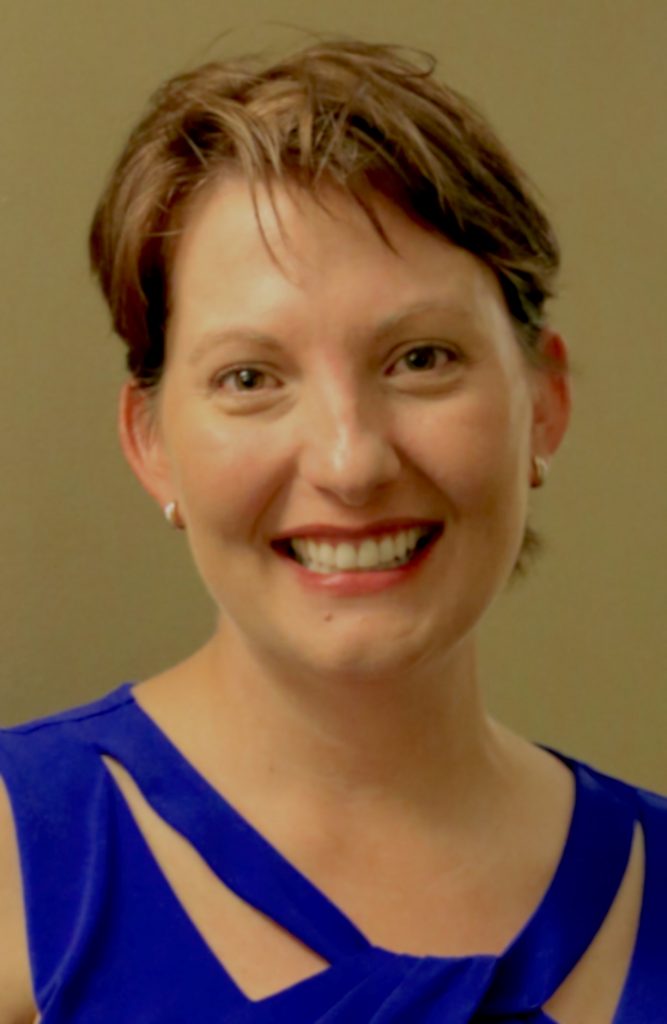ITS has contributed to UNC-Chapel Hill’s Operational Excellence initiative that seeks to create a high-functioning administrative operation.
Operational Excellence, which aims to identify efficiencies, cost avoidance and potential revenue sources to help fund the University’s strategic investments, began in fall 2018. Based upon feedback from faculty and staff, the initiative chose to pursue two projects: diminish the amount of campus vouchers and shorten hiring time frames.
Determined process improvements

The University worked with McKinsey Consultants to determine the type of process improvements that would conserve University resources. Participants then needed a way to manage and display progress so they could measure how well their units were able to adapt and enhance business operations.
“We participated both in updating our business processes to fit the new requirements where necessary, and second, in providing that look into the data to track progress,” said Rachel Serrano, Director of ITS Enterprise Reporting & Departmental Systems.
Created dashboards for each project
Working with McKinsey and the campus Operational Excellence staff, ITS developed two dashboards to support each project. The procurement dashboard enables units to measure their progress against the overall goal — which is to use vouchers for no more than 5% of transactions less than $250 — or by their progress by a selected time frame.
“Although we hit the procurement initiative targets quicker than a lot of others, it was because our procedures were already in place that mirrored the initiative and just needed closer attention and expansion of our PCard holder base,” said Steve Haring, Executive Director of ITS Finance & Administration.
The HR dashboard enables units to track where they are in the hiring process with their positions and which of those positions are at risk of lagging. The dashboard also shows units the average length of time for the entire process — from posting to hire. Before these dashboards were built, tracking these metrics required a significant amount of manual work.
“The targeted hiring time frames for positions have been drastically reduced in an effort to get the top selected candidate sooner,” Haring said.
Automating workloads
“We have reduced that manual work nearly to zero, and units have nightly updated data, where previously they only received updated data once a week,” Serrano said. “Even more importantly, units can interact with the data, so they gain a better view of where processes are not meeting the new standards.”
